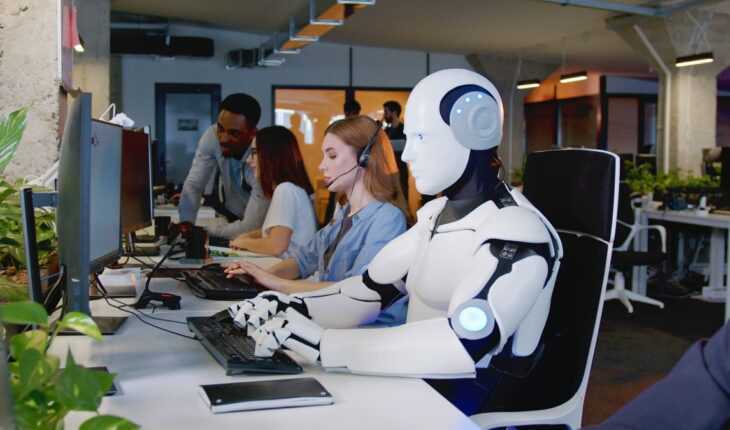Artificial intelligence is one of the hottest subjects these days, and recent advances in technology make AI even closer to reality than most of us can imagine.
The subject really got traction when Stephen Hawking, Elon Musk and more than 1,000 AI and robotics researchers signed an open letter issuing a warning regarding the use of AI in weapons development last year. The following month, BAE Systems unveiled Taranis, the most advanced autonomous UAV ever created; there are currently 40 countries working on the deployment of AI in weapons development.
Robots are no longer limited to traditional blue-collar jobs, fully automated assembly lines and high-frequency trading algorithms. White-collar jobs are ripe for automation, and robots are replacing bank tellers, mortgage brokers and loan officers in the financial industry. These examples follow strict repetitive rule-based routines, and a machine easily can perform them without any human interaction.
However, a recent development is the beginning of a new era of AI, in which AI can perform complex tasks and must no longer rely on pre-programmed rules for decision-making. Robo-advisor services like Betterment and Wealthfront are rising in popularity, and the hedge fund industry is launching AI-controlled funds that operate completely without human interaction. The co-head of one of these funds predicts that the time will come that no human investment manager will be able to beat the computer. But how is it possible for AI to operate autonomously without any human interaction?
The road to true artificial intelligence is not paved with a single discipline, but rather a collection of specialized subject matters, techniques and theories that together interact to create some form of intelligence.




